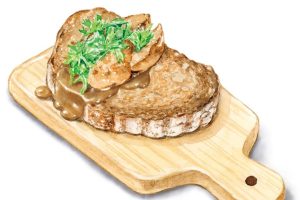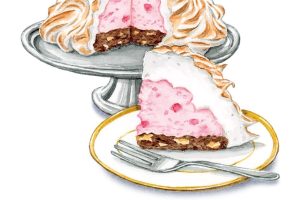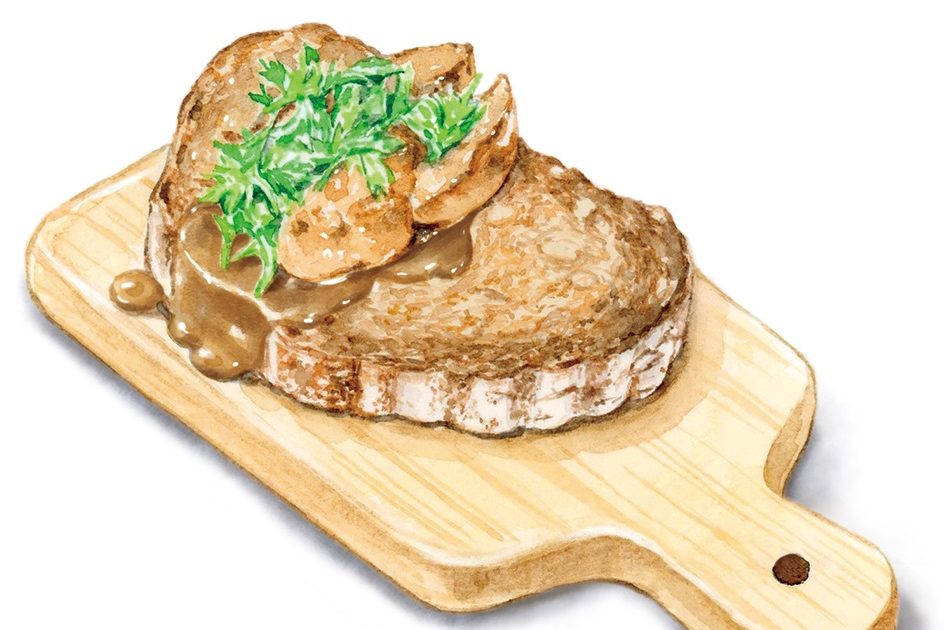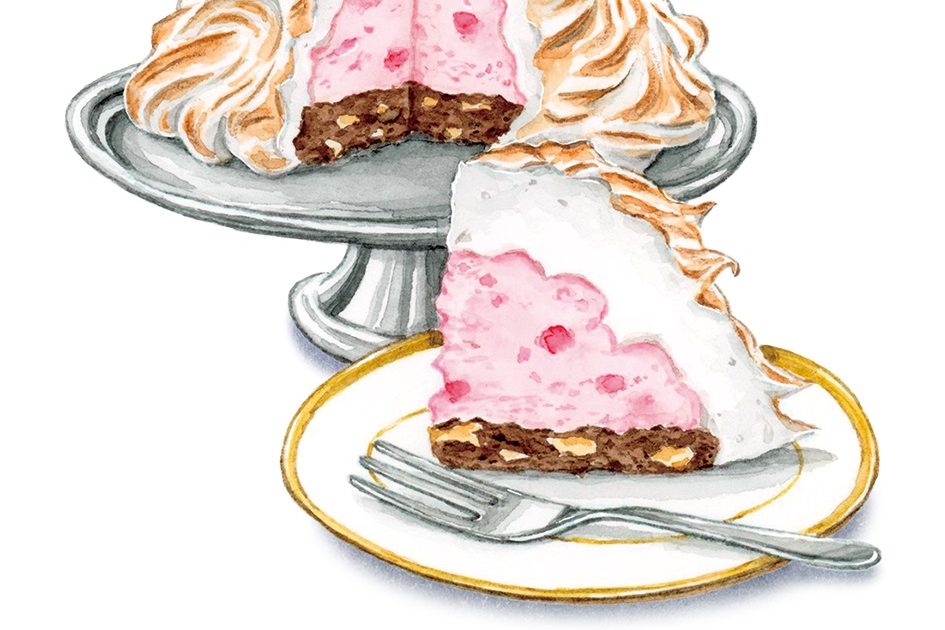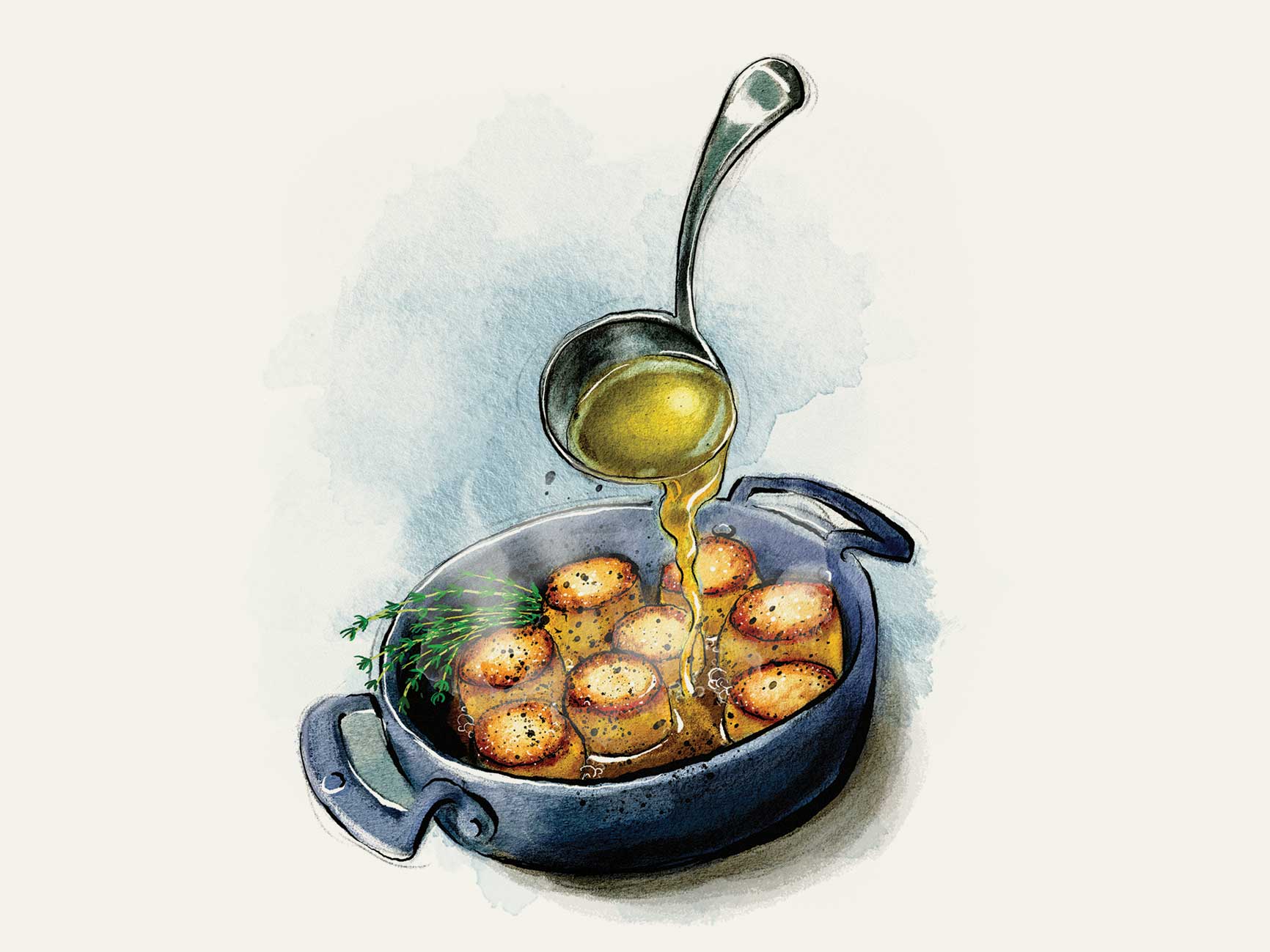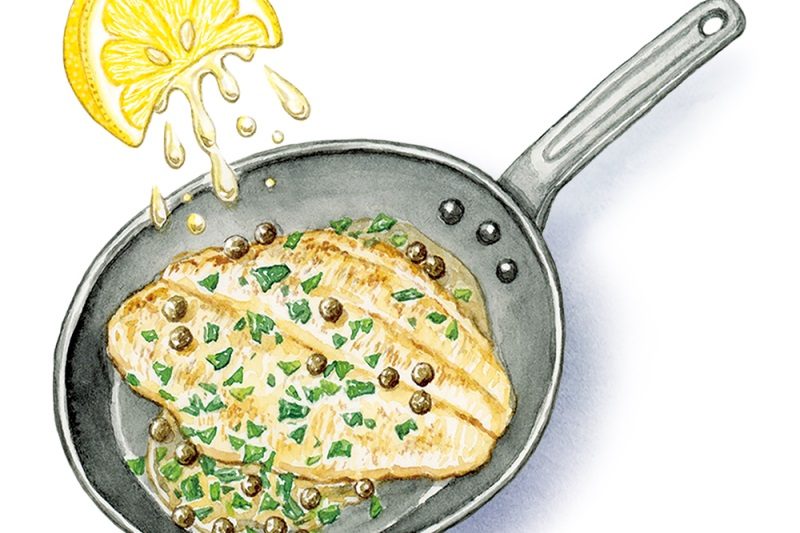“This dish is very you,” my husband says, as I serve up a pound and a half of melted, boozy cheese to the two of us for a weekday lunch, alongside a teetering pile of bread cubes. He is, I’m afraid, right: it really is my favorite kind of eating. There’s nothing better than a communal pot in the center of the table, with everyone leaning over each other. Fondue is fun, as well as being pleasingly old-fashioned, its gooey and silky texture demanding dunking and swooping. And I’d probably treat anyone who didn’t leap at the chance to eat a lot of stringy cheese and bread with mild suspicion.
Until now, my life has been mostly fondue-less, thanks to not owning a fondue set. The caquelon, or cauldron, has a low flame underneath it, which keeps the cheese hot while diners eat it. I’d assumed that, without that, fondue was not for the likes of me. So imagine my cheesy grin when I discovered I’d been denying myself for no good reason: it is perfectly possible to make an excellent fondue with just a cast-iron pan and a hob.
It’s a simple concept: Swiss cheese, usually a mixture of gruyère and emmental, is stirred into a bubbling mixture of wine and flour until it melts. Garlic is often rubbed on to the pot before the wine is added, and kirsch or brandy can be used along with the wine. It can be gussied up with herbs or spices, or different cheeses, or even truffle, but it really doesn’t need to be. And of course it’s made for winter and for gatherings, so it’s perfect for this time of year. It’s boozy, warm and impossibly rich, and it works best if there’s a bunch of you crowded round the table, brandishing forks.
There are ancient precursors to the Swiss fondue: book 11 of Homer’s Iliad describes goat or sheep cheese mixed with wine and flour. But the modern Swiss dish of cheese and wine originated in the late nineteenth century (before that, “cheese fondue” meant cheese scrambled with eggs). It remained under the international radar until the 1930s, when the Scheizerische Käseunion — the Swiss Cheese Union — took matters into its own hands. In a bid to increase cheese consumption, it campaigned successfully to make fondue the official national dish of Switzerland.
As is right and correct with a national dish, it comes with all sorts of rules for how it should be eaten. If you lose a piece of bread from your fork into the pot, you could be liable for a forfeit, ranging from a round of drinks, or kissing everyone present, to a naked dash in the snow. And then there’s the religieuse: as the low flame keeps the cheese soft, it slowly cooks the cheese that is in contact with the pot, forming a golden, caramelized crust which at the end can be lifted out, cut into pieces, and shared among the diners.
Traditionally, the fondue accoutrements are simple: cubes of slightly stale white bread would be dunked into the cheese (this is why fondue is often probably erroneously thought to have originated as a poor person’s make-do-and-mend dish). For my money, fondue is sufficiently robustly flavored that it stands up to other chewier, darker breads, like sourdough or even rye. I also like it with little boiled baby potatoes, and sweet, pickled cornichons; crudités work well too, and give the false impression of healthiness.
Fondue is surprisingly resilient. Thanks to the invention of cornflour, which acts as an emulsifier and stabilizer, it shouldn’t separate on you while you’re cooking it, but if it does start to curdle, just add a good squeeze of lemon juice and stir vigorously; the additional acid and liquid should bring it back together. If it’s too thick, you can add a little more wine or some chicken stock — just keep the heat low and keep stirring. And it can be refrigerated, or even frozen, and brought back to life — either as another fondue, or the base of a gratin, or just as the filling for the best cheese toastie you’ve ever had.
Serves six
Hands-on time 15 minutes (plus grating)
– 2 large cloves of garlic
– 8½ fl oz dry white wine
– 14 oz gruyère, grated
– 9 oz emmental, grated
– 1 tbsp kirsch
– ¾ oz cornflour
– bread of choice, cubed
- Peel the cloves of garlic, slice them in half and run the cut halves all over the inside of a cast-iron pan or a fondue pot
- Add the wine to the pan or pot and bring it to a simmer. Mix the kirsch with the cornflour and a small splash of cold water, and stir to form a slurry. Add this to the simmering wine and stir constantly until the mixture bubbles and thickens
- Lower the heat under the pan, and add the grated cheese slowly — small handfuls at a time — stirring until the mixture becomes smooth. Serve immediately with the fondue accompaniments of your choice
This article was originally published in The Spectator’s UK magazine. Subscribe to the World edition here.











